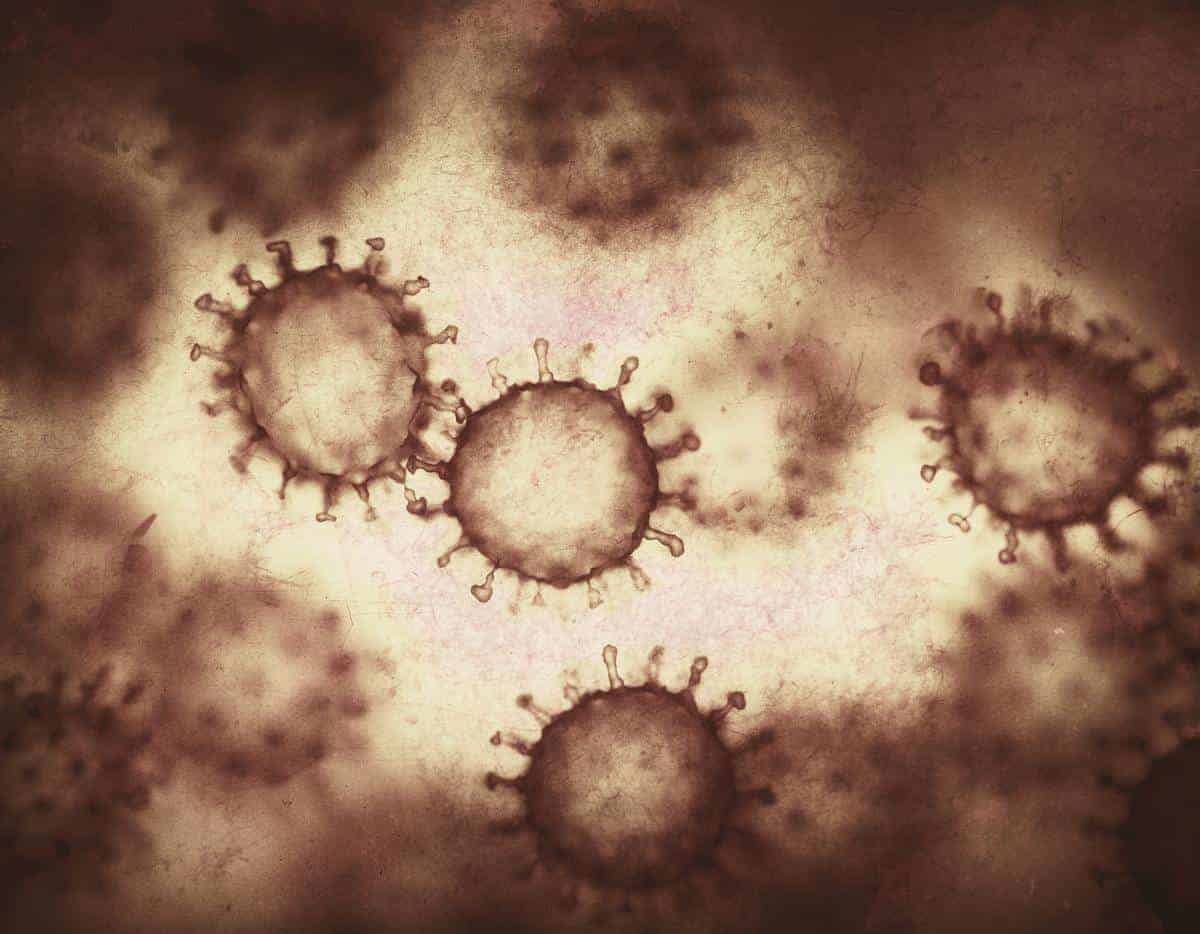

What are we missing in the deluge of information and analysis on the infections and deaths due to Corona? One geography that is totally ignored is the erstwhile state of Jammu and Kashmir. With a population that is one third of Telangana’s, the State sees almost the same number of new cases, above 3000 a day. And while Telangana sees about 30 deaths a day, Jammu and Kashmir has at least 60 deaths every day. There is a no government there and the manner in which the state was suddenly made a Union Territory has caused tremendous damage. There is no political accountability and the bureaucracy is unable to cope, without any political leadership. The sudden withdrawal of Artcile 370 is now coming back to haunt the region, with the entire balance that existed now disrupted.
The first and the second wave of COVID-19 all over India has been remarkably different from each other in terms of magnitude, severity and impact. In its first peak, India recorded 67.5 cases per million daily, around mid-September 2020. The second wave has logged in 283 cases per million daily (May 8, 2021). While the first wave had a death rate per million of 0.84, the second wave has pushed the number to 2.81. The sheer scale of cases and death is evident from the overburdened health services and crematoria. The rapid spread can be gauged from the fact that during the first wave, it took over two months for the cases to go from 25,000 to 92,000. However, in the second wave, the number of cases went from 22,000 to 3,87,000 in less than two months. The administrative machinery needed to expand services at breakneck speed, something it was not prepared for. The share of positive tests has also seen a surge from 12.7% in July last year to 22% this May.
The second wave has been catastrophic in numbers in India, just like in several other parts of the world. Europe reported 2.5 Lakh cases and the US and Brazil roughly a lakh each day in their respective second waves. In India, while the numbers have been commensurate with the population size and density, the dearth’s of basic healthcare have been far more devastating and heartbreaking than the infection itself.
The surge attributed to the mutant strain also altered how patients were being affected. ICMR data indicated that the number of patients who required oxygen in the first wave was 41.5%, and this number increased to 54.5% in the second wave. Hospitalisations among those aged between 20-39 have gone up from 23.7% to 25.5% in the second wave. However, more than 70% of the population in both waves came from those above 40 years of age. Those patients requiring ventilator support also increased from 27.8% to 37.3%. With a large proportion of patients requiring ICU care, the health infrastructure operated with a major shortfall. Even though initiatives to increase beds, ICUs and ventilators were taken last year; the state did not anticipate the extent of the requirement.
The Central Government’s policy in managing the first wave was highly centralized. It began with a national lockdown and ended with the Centre-controlled vaccine drive. The National Disaster Management Act, with its centralised approach, clearly side-lined the role of the Civil Society, local communities and aid groups in preventing and combating the onslaught of the pandemic. The first wave targeted largely the rich and well-off. However, the second wave has penetrated rural hinterlands, so the top-heavy policy response can no longer be viable. The importance of Local Self-Governments in curbing spread at the grassroots level, while was largely ignored earlier, is a vital lynchpin in the second surge. The airborne transmissions require devolution of power to local levels to ensure tracing, testing, and tracking are seamless.
The first wave did not allow the States to tailor control strategies based on local constraints and imposed one-shoe fits all approach. The Central Government now expects the states to rise to a challenge of colossal proportion. The Bhilwara Model in Rajasthan was probably the only decentralised model that was adopted in the first wave. In the second wave, Maharashtra was the first state to experience an increase in infection rates and to declare a lockdown. The decentralised approach in pandemic monitoring and management in Mumbai helped to drastically cut down the positivity rate in the city. The allocation of hospitals beds as per the severity and chances of recovery of the patient also helped in optimising the available beds. The ‘Mumbai Model’ allowed for targeted intervention by way of civic engagement.
Another important development in the current spate of the pandemic has been the role of courts. During the first wave, the Courts were silent on incidents such as the migrant exodus, police excesses during the lockdown and the overall failure of disaster management. However, the second wave has seen a proactive role played in facilitating Government intervention. The Courts of Delhi, Madras, Karnataka, Allahabad, Gujrat, among others, have been extremely critical about the state of affairs. Some particularly noteworthy interventions have been those on supply of oxygen and vaccine, transparency of data on beds, ordering lockdowns and the criticism of the Election Commission of India for permitting election rallies.
Last year, Social Media platforms drew criticism for spreading misinformation and Islamophobia. However, during this second wave, social media engagement may have saved lives. Tweets, posts and messages amplifying requests for medicines, plasma, beds, funds and oxygen flooded the social mediascape, thereby connecting donors and distressed patients.
The national lockdown initiated in March 2020, with barely 600 cases in India, raised the political and economic cost of a lockdown. Hence, State Governments were hesitant in imposing one even amidst a surge. A lockdown this time around was declared a failed policy instrument in curbing the virus. The State machinery had to move towards ideas of limited curfews, micro containment zones and relaxed restrictions before finally resorting to a lockdown. The virulence and unpredictability of the disease have forced Governments to innovate pandemic management processes and protocols.
A lockdown that stalls movement and inhibits human interaction is only a band-aid approach to a larger systemic failure. The lives lost for the lack of oxygen, hospital beds, essential medicines and money are a constant reminder of the gross neglect of healthcare infrastructure and the failure of governance during a crisis. Governments can no longer continue with piecemeal enhancements in limiting the pandemic and improving healthcare.
Amir Ullah Khan and Nahia Hussain are researchers at Centre for Development Policy and Practice (CDPP) based in Hyderabad.

